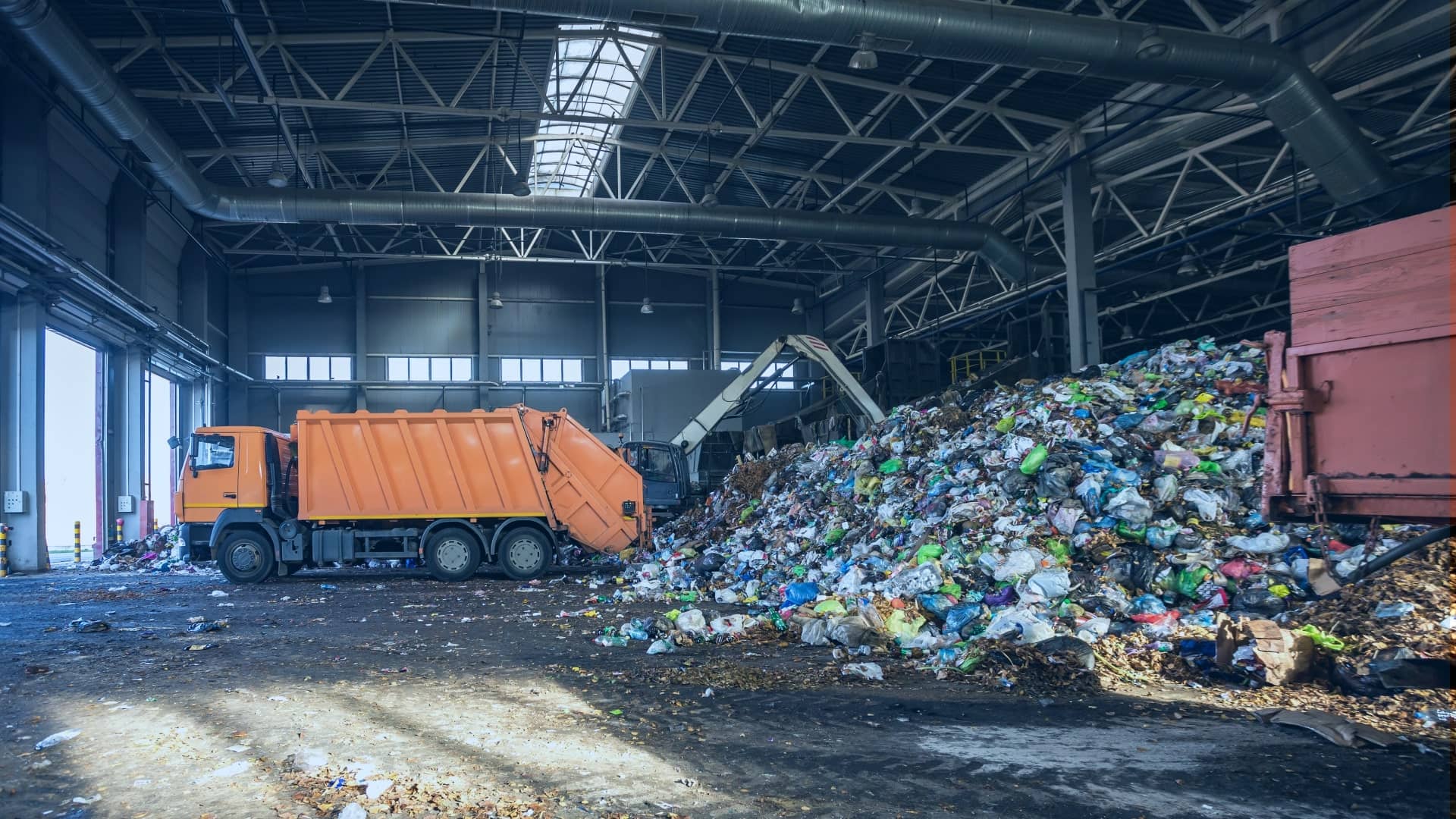Getting My Reclaim Waste To Work
Getting My Reclaim Waste To Work
Blog Article
Top Guidelines Of Reclaim Waste
Table of ContentsFacts About Reclaim Waste RevealedThe Best Guide To Reclaim WasteReclaim Waste Fundamentals ExplainedThe Definitive Guide to Reclaim WasteThe Ultimate Guide To Reclaim Waste
Residential sewage waste refers to the waste and products from a household septic tank. The appropriate monitoring and disposal of domestic sewage waste call for fluid waste to be transferred to a sewer therapy plant where the proper techniques and tools are applied to cleanse and dispose of waste.
Business waste often includes prospective threats, such as flammable materials or a blend of fluid and strong waste products, and requires an advanced and detailed disposal process. The disposal of industrial waste usually includes the purification of waste before transport to guarantee safe and appropriate disposal. Hazardous waste is developed from results and drainage of commercial procedures and manufacturing.
This sort of waste can not make use of the same sewage management transportation or processes as septic or industrial liquids. The industrial waste management process requires the inspection and testing of liquid waste before it undergoes the disposal procedure (industrial wastewater treatment). Drainage waste is the fluid waste that originates from drainage and excess stormwater in extremely inhabited areas or cities
Runoff waste can create contamination and flooding if not dealt with effectively. Making certain appropriate waste management can protect against catastrophes and reduce ecological harm.
Reclaim Waste Things To Know Before You Get This
Contact PROS Solutions today to find out about our waste monitoring and disposal services and the appropriate means to take care of the fluid waste you generate.
(https://www.twitch.tv/reclaimwaste1/about)This supposed 'wastewater' is not just an important source but, after therapy, will certainly be launched to our land, rivers or the ocean. Utilized water from toilets, showers, baths, cooking area sinks, laundries and commercial procedures is understood as wastewater.

water made use of to cool machinery or tidy plant and equipment). Stormwater, a type of wastewater, is drainage that flows from agricultural and city areas such as roofings, parks, yards, roads, paths and seamless gutters right into stormwater drains, after rain. Stormwater moves untreated directly to neighborhood creeks or rivers, eventually reaching the ocean.
The Best Strategy To Use For Reclaim Waste
In Queensland, a lot of wastewater is treated at sewage treatment plants. Wastewater is transferred from domestic or commercial websites with a system of sewers and pump stations, recognized as sewage reticulation, to a sewage treatment plant.
The Division of Natural Resources suggests city governments regarding handling, operating and keeping sewage systems and treatment plants. In unsewered areas, regional governments might call for homeowners to install specific or family sewage therapy systems to treat domestic wastewater from commodes, kitchen areas, restrooms and laundries. The Division of Natural Resources authorises making use of family systems when they are shown to be effective.
The majority of stormwater gets no treatment. In some brand-new neighborhoods, therapy of some stormwater to eliminate litter, sand and crushed rock has started utilizing gross pollutant catches. Wastewater treatment happens in 4 phases: Removes solid matter. Bigger solids, such as plastics and other objects incorrectly discharged to drains, are eliminated when wastewater is travelled through displays.
Wastewater then streams right into have a peek at this website large tanks where solids clear up and are removed as sludge. Grease and residue are skimmed from the surface area. Uses small living microorganisms referred to as micro-organisms to break down and eliminate remaining dissolved wastes and fine bits. Micro-organisms and wastes are included in the sludge. Removes nitrogen and phosphorus nutrients that might create algal blossoms in our waterways and endanger water life.
Some Known Details About Reclaim Waste
Nutrient elimination is not offered at all sewage treatment plants because it requires expensive specialized tools. Clear liquid effluent produced after therapy might still consist of disease-causing micro-organisms - liquid waste disposal.

This normally implies wastewater has to be dealt with or pollutants removed prior to it can be discharged to waterways. A lot of wastewater streams into the sewage system. Under the Act, regional governments carry out approvals and permits for ecologically relevant tasks (ERAs) entailing wastewater releases that could have a regional impact. The division carries out authorizations and licences to ERAs including wastewater releases that may have a regional or statewide effect.
3 Easy Facts About Reclaim Waste Shown
Or else, samples are taken for lab evaluation. Often lots of tests are needed to develop the degrees of each of the various toxins such as oils, hefty metals and pesticides in water. Monitoring offers accurate info regarding water top quality and can validate that permit problems are being fulfilled. The details gotten through monitoring provides the basis for making water quality decisions.
Report this page